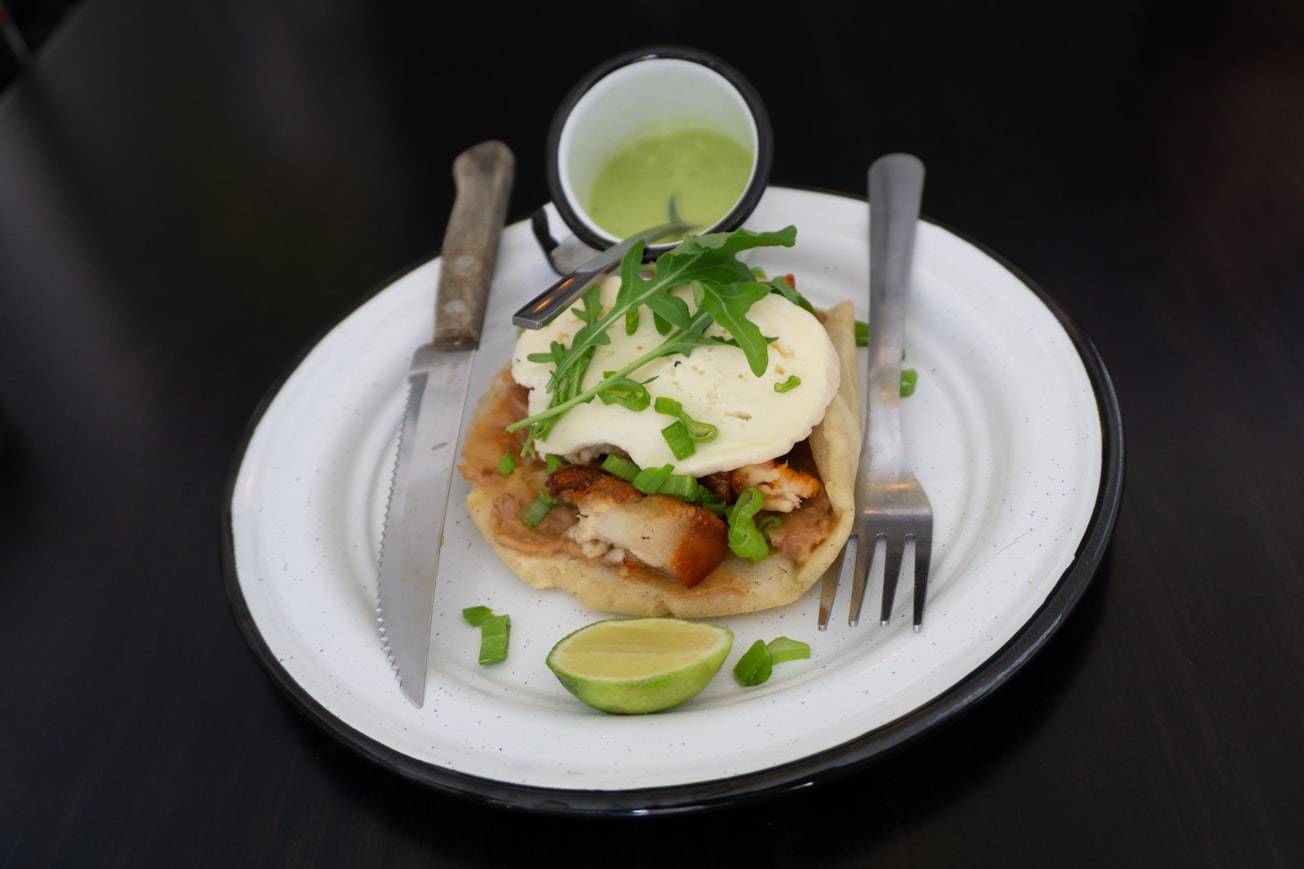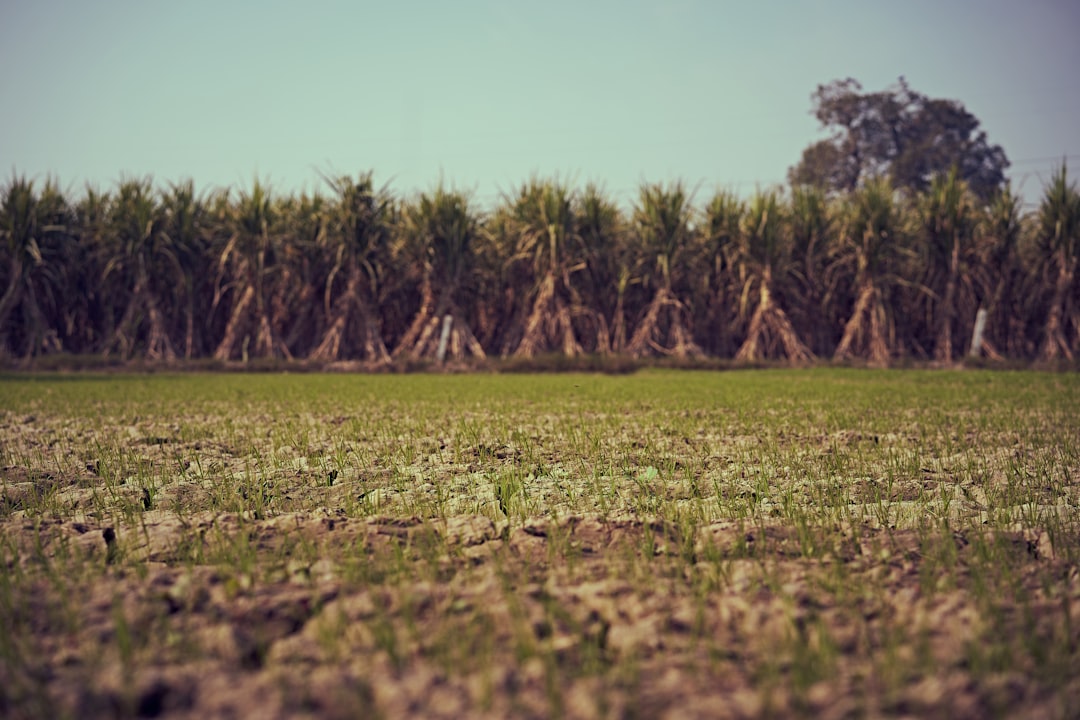What is it about?
Fruit and vegetable diets rich in phenolic compounds reduce the risk of various cancers and offer multiple other health benefits due to their bioactivity and powerful antioxidant properties. However, the human health benefits of most phenolic compounds are restricted due to their limited aqueous solubility, low absorption, restricted passive cellular efflux, and poor gastrointestinal stability. Nanotechnology has been used to deliver various therapeutic drugs to specific targets overcoming many of the limitations of direct treatments. This study was designed to develop poly(lactic-co-glycolic acid) (PLGA) nanoencapsulated phenolic-rich extracts from Callistemon citrinus and berberine and to evaluate their effectiveness against extremely invasive MDA-MB 231, moderately invasive MCF-10A, and minimally invasive MCF-7 breast cancers. We have achieved about 80% encapsulation of phenolics from C. citrinus. Most encapsulated nanoparticles were polygonal with particles sizes of 200 to 250 nm. Release of phenolics from encapsulation during storage was biphasic during the first week and then levelled off thereafter. Nanoencapsulated phenolics from C. citrinus extract, berberine, and combination of both enhanced their bioactivity against the three breast cancer cell lines by nearly 2-fold. Growth inhibition of cells was a linear curve relative to phenolic concentration, with a maximum inhibition of nearly 100% at 0.1 mg/ml compared to control.
Featured Image

Photo by Charlie Solorzano on Unsplash
Why is it important?
The article reports successful encapsulation of plant extracts into PLGA nanoparticles that can be used to target breast cancer patients as an effective chemotherapeutic strategy.
Perspectives
The work describes nanoencapsulation of herb extract and their possible use for the cure of breast cancer.
Rashid Ahmed
Qatar University
Read the Original
This page is a summary of: Poly(lactic-co-glycolic acid) Nanoparticles Loaded with Callistemon citrinus Phenolics Exhibited Anticancer Properties against Three Breast Cancer Cell Lines, Journal of Food Quality, July 2019, Hindawi Publishing Corporation,
DOI: 10.1155/2019/2638481.
You can read the full text:
Contributors
The following have contributed to this page










